-
 bitcoin
bitcoin $122659.385674 USD
0.52% -
 ethereum
ethereum $4484.113342 USD
-0.09% -
 bnb
bnb $1304.229256 USD
-0.85% -
 tether
tether $1.000204 USD
-0.03% -
 xrp
xrp $2.860636 USD
-0.51% -
 solana
solana $227.288799 USD
2.36% -
 usd-coin
usd-coin $0.999805 USD
0.01% -
 dogecoin
dogecoin $0.252837 USD
1.18% -
 tron
tron $0.341149 USD
1.12% -
 cardano
cardano $0.830507 USD
0.33% -
 hyperliquid
hyperliquid $45.792319 USD
0.04% -
 chainlink
chainlink $22.422164 USD
1.55% -
 ethena-usde
ethena-usde $1.000283 USD
0.01% -
 sui
sui $3.511389 USD
0.83% -
 stellar
stellar $0.385276 USD
-0.44%
How to use Vol in option trading? Is there a correlation with implied volatility?
Volatility is key in crypto options trading; it influences option prices and strategies, with a direct correlation to implied volatility for informed trading decisions.
May 29, 2025 at 02:14 am
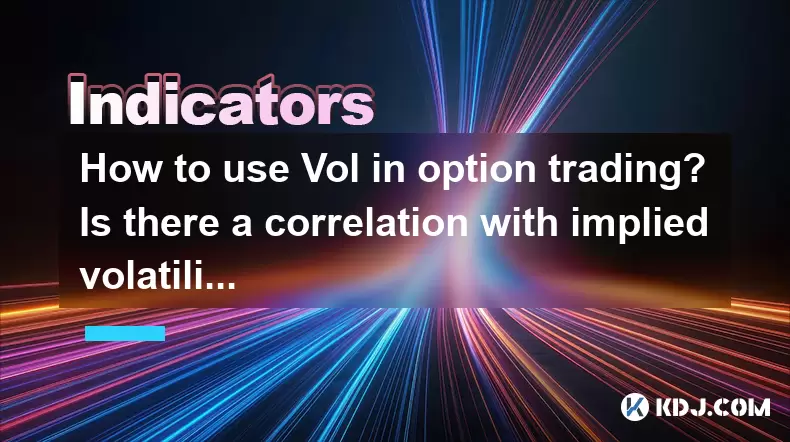
In the world of cryptocurrency options trading, understanding the concept of volatility (Vol) and its relationship with implied volatility (IV) is crucial for making informed trading decisions. Volatility is a measure of the rate at which the price of a cryptocurrency moves up or down. In options trading, it plays a pivotal role in determining the price of options contracts. This article will delve into how to effectively use volatility in option trading and explore its correlation with implied volatility.
Understanding Volatility in Cryptocurrency Options Trading
Volatility in the context of cryptocurrency options trading refers to the degree of variation in the price of a cryptocurrency over time. High volatility indicates that the price of the cryptocurrency can change dramatically in a short period, while low volatility suggests that the price is relatively stable. Traders use volatility to gauge the risk associated with a particular cryptocurrency and to predict potential price movements.
To use volatility effectively in option trading, traders need to understand the two types of volatility: historical volatility and implied volatility. Historical volatility is derived from the past price movements of the cryptocurrency and provides a measure of how much the price has fluctuated in the past. Implied volatility, on the other hand, is a forward-looking metric that reflects the market's expectation of future volatility and is derived from the current price of options contracts.
How to Use Volatility in Option Trading
Using volatility in option trading involves several strategies that traders can employ to maximize their returns while managing risk. Here’s how traders can effectively use volatility in their trading decisions:
Assessing Option Prices: The price of an option is directly influenced by the volatility of the underlying cryptocurrency. Higher volatility leads to higher option prices because there is a greater likelihood that the option will end up in-the-money. Traders can use this knowledge to assess whether an option is overpriced or underpriced based on their expectations of future volatility.
Choosing the Right Strategy: Different levels of volatility call for different trading strategies. In high volatility environments, traders might opt for strategies that benefit from large price swings, such as straddles or strangles. In low volatility environments, strategies like selling options or iron condors might be more appropriate as they profit from the lack of significant price movement.
Timing the Market: Volatility can help traders decide when to enter or exit the market. For instance, if a trader anticipates that volatility will increase due to an upcoming event, they might buy options before the event to capitalize on the expected increase in option prices. Conversely, if volatility is expected to decrease, selling options could be a profitable strategy.
The Correlation Between Volatility and Implied Volatility
The relationship between volatility and implied volatility is a critical aspect of options trading. Implied volatility is essentially the market's forecast of a likely movement in a cryptocurrency's price. It is derived from the price of options and reflects the market's consensus on future volatility.
There is a direct correlation between volatility and implied volatility. When the actual volatility of a cryptocurrency increases, the implied volatility tends to rise as well. This is because traders adjust their expectations of future price movements based on recent price fluctuations. Conversely, if the actual volatility decreases, implied volatility is likely to fall as well.
Traders can use this correlation to their advantage. For example, if a trader believes that the implied volatility of an option is too high relative to the expected future volatility of the underlying cryptocurrency, they might sell the option, expecting the price to decrease as implied volatility falls. On the other hand, if implied volatility is perceived to be too low, buying the option could be a profitable move as the price is expected to rise with an increase in implied volatility.
Practical Steps to Use Volatility in Option Trading
To effectively incorporate volatility into your option trading strategy, follow these practical steps:
Monitor Historical Volatility: Use charting tools and historical data to track the historical volatility of the cryptocurrency you are interested in. This will give you a baseline for understanding the typical price movements of the asset.
Analyze Implied Volatility: Use options pricing models like the Black-Scholes model to calculate the implied volatility of options contracts. Compare this with historical volatility to determine if options are overpriced or undervalued.
Select the Appropriate Strategy: Based on your analysis of volatility, choose an option trading strategy that aligns with your market expectations. For example, if you expect high volatility, consider strategies like long straddles or long strangles.
Adjust Your Portfolio: Regularly review and adjust your options portfolio based on changes in volatility. If volatility increases, you might want to increase your exposure to options to capitalize on larger price movements. If volatility decreases, reducing your options exposure could be a wise move.
Use Volatility Indicators: Utilize volatility indicators such as the Bollinger Bands or the Average True Range (ATR) to help you make more informed trading decisions. These indicators can provide visual cues about the current level of volatility and help you time your trades more effectively.
Case Studies: Using Volatility in Real-World Scenarios
To illustrate how volatility can be used in option trading, let’s look at a couple of case studies:
Case Study 1: High Volatility Environment: Suppose Bitcoin is experiencing high volatility due to an upcoming halving event. A trader might buy a long straddle, which involves purchasing both a call and a put option at the same strike price and expiration date. This strategy profits from significant price movements in either direction, making it ideal for a high volatility environment.
Case Study 2: Low Volatility Environment: In a period of low volatility for Ethereum, a trader might sell an iron condor. This strategy involves selling an out-of-the-money call and put while simultaneously buying a further out-of-the-money call and put to limit risk. The iron condor profits from the lack of significant price movement, making it suitable for low volatility environments.
Frequently Asked Questions
Q: How can I predict future volatility in cryptocurrency options trading?A: Predicting future volatility involves analyzing various factors such as upcoming events, market sentiment, and historical volatility patterns. Tools like the Volatility Index (VIX) for traditional markets or volatility indicators specific to cryptocurrencies can provide insights into expected volatility. However, predicting volatility with precision is challenging and requires a combination of technical analysis and market intuition.
Q: What is the impact of sudden news on volatility and option prices?A: Sudden news can significantly impact volatility and option prices. Positive news can lead to increased buying pressure, causing the price of the cryptocurrency to rise and volatility to increase. This, in turn, can drive up the price of options, especially call options. Conversely, negative news can lead to selling pressure, causing the price to drop and volatility to spike, which can increase the value of put options. Traders need to stay informed about news events and be prepared to adjust their strategies accordingly.
Q: Can volatility be used to hedge against risk in cryptocurrency options trading?A: Yes, volatility can be used to hedge against risk. For instance, if a trader holds a long position in a cryptocurrency and expects increased volatility, they might buy put options to protect against potential downside risk. Similarly, if a trader expects decreased volatility, they might sell options to generate income while hedging their position. Effective hedging strategies involve understanding the relationship between volatility and option prices and using this knowledge to manage risk.
Q: Are there any tools or platforms specifically designed to analyze volatility in cryptocurrency options trading?A: Yes, several tools and platforms are designed to analyze volatility in cryptocurrency options trading. Platforms like Deribit and OKEx offer options trading with built-in volatility analysis tools. Additionally, third-party services such as TradingView and CryptoVolatility provide detailed volatility indicators and charts specifically for cryptocurrencies. These tools can help traders make more informed decisions based on volatility data.
Disclaimer:info@kdj.com
The information provided is not trading advice. kdj.com does not assume any responsibility for any investments made based on the information provided in this article. Cryptocurrencies are highly volatile and it is highly recommended that you invest with caution after thorough research!
If you believe that the content used on this website infringes your copyright, please contact us immediately (info@kdj.com) and we will delete it promptly.
- US Treasury, Bitcoin, and Reserve Expansion: A New Era?
- 2025-10-10 02:45:12
- Trading Bots & AI Algorithms: Your 2025 Edge
- 2025-10-10 02:45:12
- Monero and Zcash: Privacy Coins Spark Price Breakout
- 2025-10-10 02:45:38
- Zora Crypto Price Jumps After Robinhood Listing: A New York Minute on the Altcoin Scene
- 2025-10-10 02:25:16
- Digital Gold: Future of Ownership and Investment in the Crypto Age
- 2025-10-10 02:45:38
- BlockDAG, Formula 1, and Crypto Investing: A Winning Combination for Mainstream Adoption
- 2025-10-10 03:05:16
Related knowledge
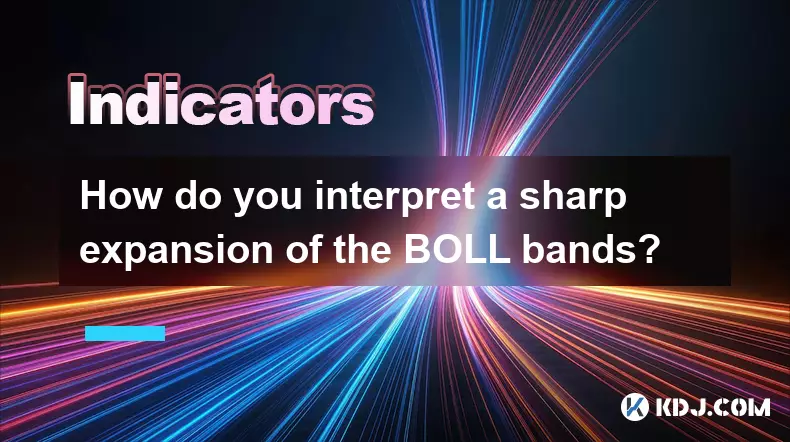
How do you interpret a sharp expansion of the BOLL bands?
Oct 10,2025 at 03:01am
Understanding BOLL Band Expansion in Cryptocurrency Trading1. The Bollinger Bands (BOLL) indicator consists of three lines: the middle band, typically...
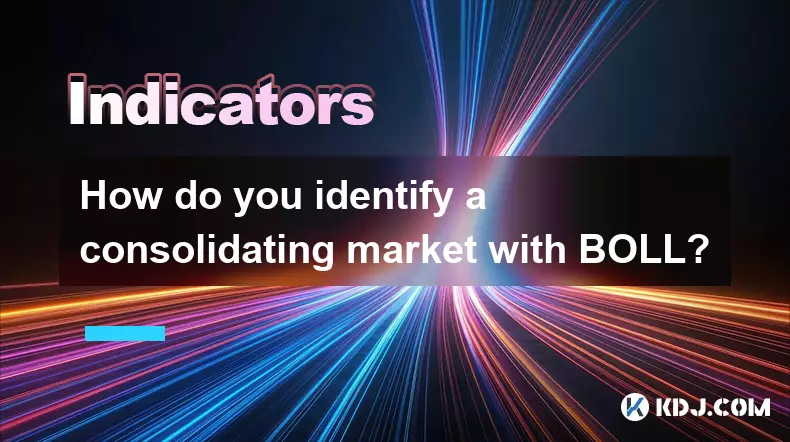
How do you identify a consolidating market with BOLL?
Oct 10,2025 at 03:36am
Understanding Market Consolidation Through Bollinger BandsBollinger Bands are a widely used technical analysis tool in the cryptocurrency market, prov...
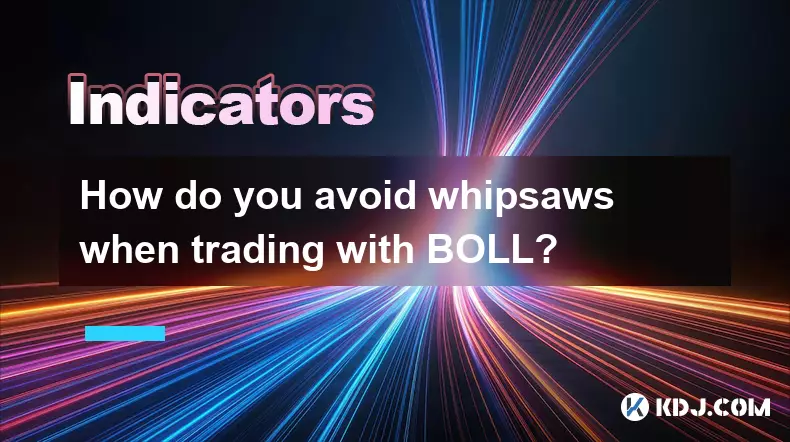
How do you avoid whipsaws when trading with BOLL?
Oct 10,2025 at 03:20am
Understanding Whipsaws in BOLL Trading1. The Bollinger Bands (BOLL) indicator consists of three lines: the middle band, typically a 20-period simple m...
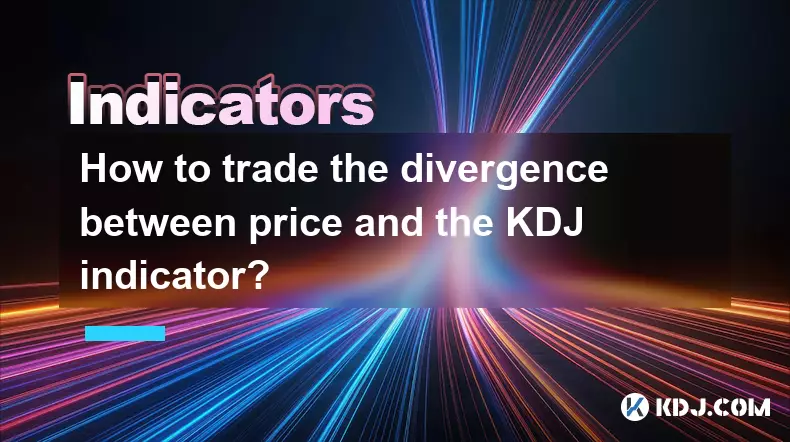
How to trade the divergence between price and the KDJ indicator?
Oct 10,2025 at 01:01am
Understanding Divergence in KDJ and Price Action1. Divergence occurs when the price of a cryptocurrency moves in the opposite direction of the KDJ ind...

What is a tower bottom candlestick pattern? Does it have a high success rate?
Sep 22,2025 at 07:18am
Tower Bottom Candlestick Pattern Explained1. The tower bottom candlestick pattern is a reversal formation that typically appears at the end of a downt...

What is a black hole pattern in the MACD indicator? Is it a cause for concern?
Sep 21,2025 at 06:54pm
Bitcoin's Role in Decentralized Finance1. Bitcoin remains the cornerstone of decentralized finance, serving as a benchmark for value and security acro...

How do you interpret a sharp expansion of the BOLL bands?
Oct 10,2025 at 03:01am
Understanding BOLL Band Expansion in Cryptocurrency Trading1. The Bollinger Bands (BOLL) indicator consists of three lines: the middle band, typically...

How do you identify a consolidating market with BOLL?
Oct 10,2025 at 03:36am
Understanding Market Consolidation Through Bollinger BandsBollinger Bands are a widely used technical analysis tool in the cryptocurrency market, prov...

How do you avoid whipsaws when trading with BOLL?
Oct 10,2025 at 03:20am
Understanding Whipsaws in BOLL Trading1. The Bollinger Bands (BOLL) indicator consists of three lines: the middle band, typically a 20-period simple m...

How to trade the divergence between price and the KDJ indicator?
Oct 10,2025 at 01:01am
Understanding Divergence in KDJ and Price Action1. Divergence occurs when the price of a cryptocurrency moves in the opposite direction of the KDJ ind...

What is a tower bottom candlestick pattern? Does it have a high success rate?
Sep 22,2025 at 07:18am
Tower Bottom Candlestick Pattern Explained1. The tower bottom candlestick pattern is a reversal formation that typically appears at the end of a downt...

What is a black hole pattern in the MACD indicator? Is it a cause for concern?
Sep 21,2025 at 06:54pm
Bitcoin's Role in Decentralized Finance1. Bitcoin remains the cornerstone of decentralized finance, serving as a benchmark for value and security acro...
See all articles


























![🚨IS VECHAIN (VET) A DEAD COIN ?? PRICE ANALYSIS [GET READY NOW] 🚨IS VECHAIN (VET) A DEAD COIN ?? PRICE ANALYSIS [GET READY NOW]](/uploads/2025/10/09/cryptocurrencies-news/videos/vechain-vet-dead-coin-price-analysis-ready/68e7b200b067b_image_500_375.webp)















































